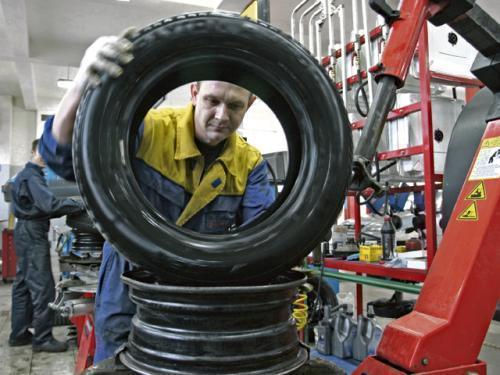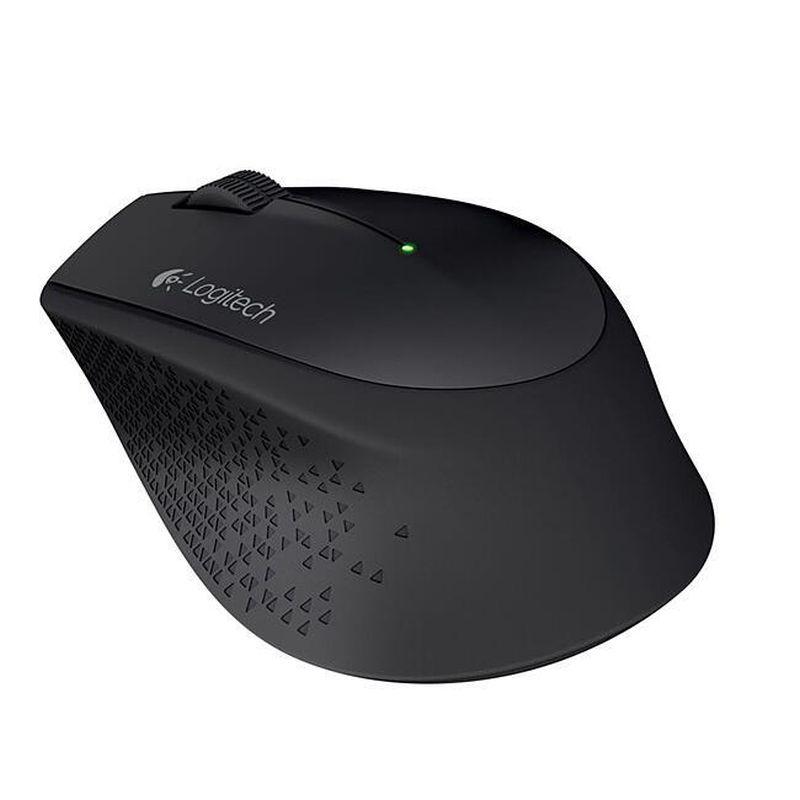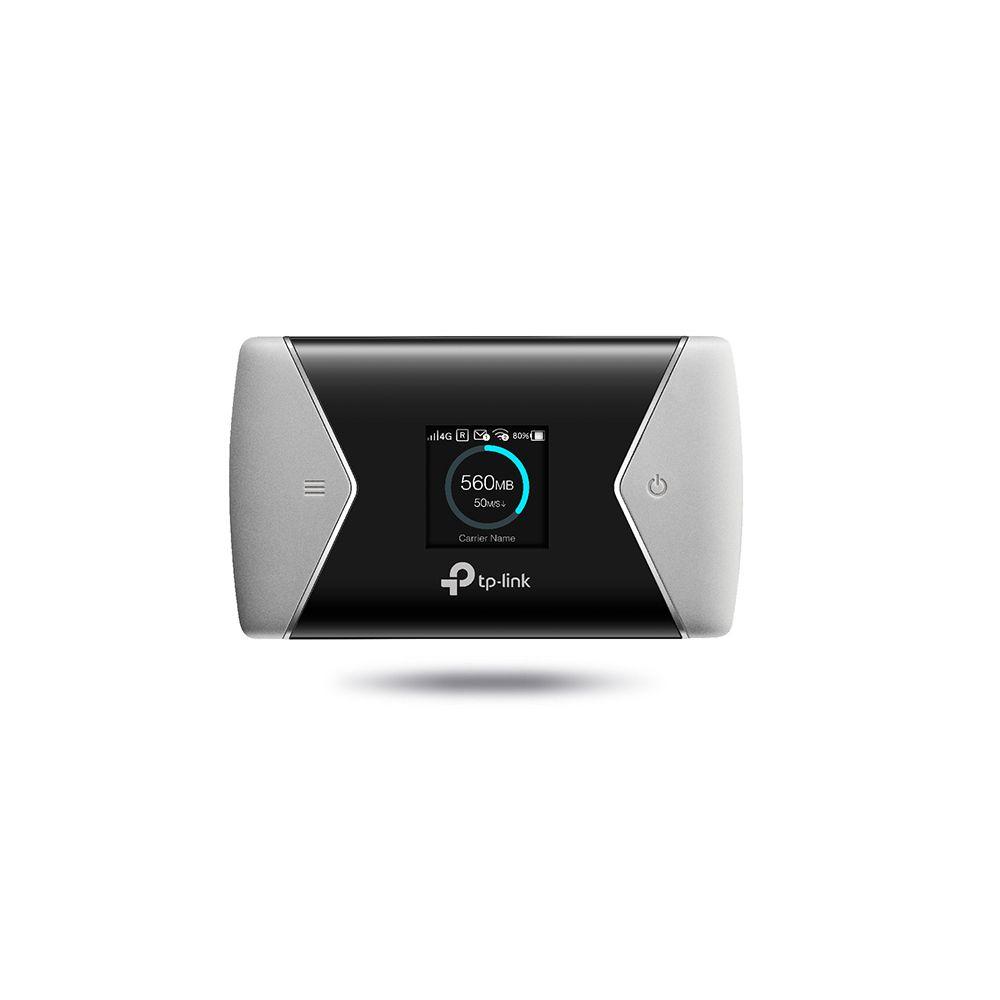
Safe car - tread depth
 Road safety starts with a safe car. A good driver must be aware that any, even the slightest negligence regarding the technical condition of the vehicle can have serious consequences.
Road safety starts with a safe car. A good driver must be aware that any, even the slightest negligence regarding the technical condition of the vehicle can have serious consequences.
 Tires don't always get the attention they deserve, and they are one of the most important parts of a car that comes into direct contact with the road. Their influence on driving comfort and safety is therefore of decisive importance. No matter how good and durable a car is, its only contact with the road is the tires. It depends on their quality and condition whether acceleration will occur without skidding, whether there will be a squeal of tires on a turn, and finally, the car will quickly stop. Tire wear differs depending on the type and brand of tires, but in all cases it will be faster if used incorrectly. Tires should be regularly checked by the driver for sufficient pressure and removal of small stones or sharp objects that are there. Regular visits to the tire shop will also detect other problems, such as uneven wear.
Tires don't always get the attention they deserve, and they are one of the most important parts of a car that comes into direct contact with the road. Their influence on driving comfort and safety is therefore of decisive importance. No matter how good and durable a car is, its only contact with the road is the tires. It depends on their quality and condition whether acceleration will occur without skidding, whether there will be a squeal of tires on a turn, and finally, the car will quickly stop. Tire wear differs depending on the type and brand of tires, but in all cases it will be faster if used incorrectly. Tires should be regularly checked by the driver for sufficient pressure and removal of small stones or sharp objects that are there. Regular visits to the tire shop will also detect other problems, such as uneven wear.
The basis is to check the tread depth. The Polish Road Traffic Act clearly states that a vehicle cannot be fitted with tires with a tread depth of less than 1,6 mm. The minimum level is marked by the so-called wear indicators on the tire. This is the law, but you should know that in rain or snow conditions, a tread depth of at least 3 mm for summer tires and 4 mm for winter tires provides greater safety. The lower the tread, the less water and slush drain through the winter tire tread. According to research by the Research Association of the Automotive Industry, the average braking distance at a speed of 80 km per hour on a wet surface for tires with a tread depth of 8 mm is 25,9 meters, with 3 mm it will be 31,7 meters or + 22%, and 1,6 mm has 39,5 meters, i.e. +52% (tests carried out in 2003, 2004 on 4 different types of vehicles).
In addition, at higher vehicle speeds, the phenomenon of hydroplaning, that is, loss of traction after entering the water, may occur. The smaller the tread, the more likely.
– Not everyone remembers that failure to comply with the minimum tread depth entails legal consequences and the insurer may refuse to pay compensation or reimburse repair costs in the event of a collision or accident if the condition of the tread is the immediate cause. We therefore recommend a self-test, preferably at the same time as the driver's pressure test. Make it a monthly habit, advises Piotr Sarniecki, CEO of the Polish Tire Industry Association.
In addition, people who rarely drive and feel like they are not chafing the tread should also have their tires checked regularly. Therefore, you should pay attention to any cracks, swellings, delaminations, which may indicate progressive tire damage.
In some cases, the tread may wear unevenly or show signs of so-called wear. teething. Most often this is the result of a mechanical malfunction of the car, incorrect suspension geometry, bearing or hinge damage. Therefore, the level of wear should always be measured at several points on the tire. To facilitate control, drivers can use wear indicators, i.e. thickenings in the grooves in the center of the tread, which are marked with a triangle, the logo of the tire brand or the letters TWI (Tread Wear Index) located on the side of the tire. If the tread wears down to these values, the tire is worn out and must be replaced.
How to measure tread depth?
First of all, park the car on a flat and level surface, turn the steering wheel fully left or right. Ideally, the driver should have a special measuring device - a tread depth gauge. In its absence, you can always use a match, a toothpick or a ruler. In Poland it is even easier to use a twopenny coin for this purpose. Inserted with the eagle crown down - if the entire crown is visible, the tire should be replaced. Of course, these are not accurate methods, and in the absence of a depth gauge, the result should be checked in a tire shop.

